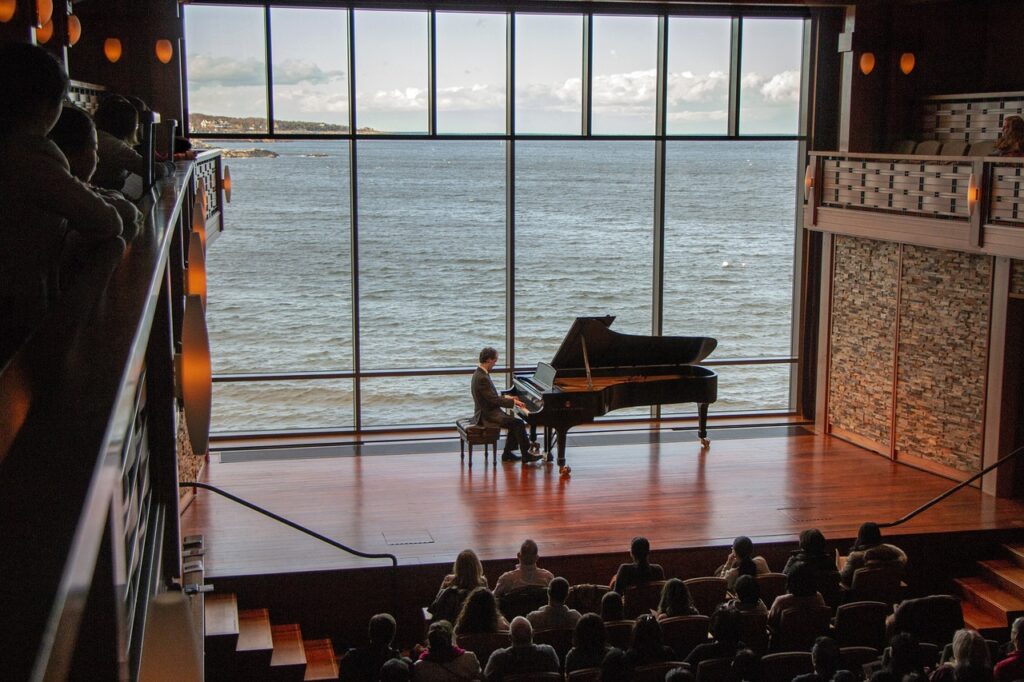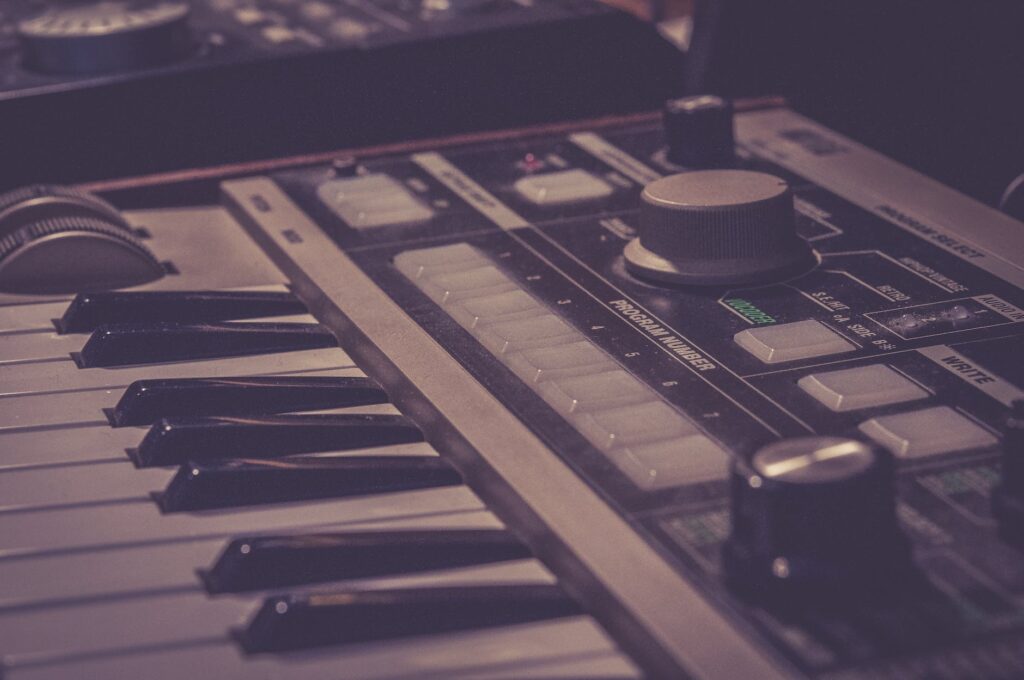Vertical pianos are also known as upright pianos, and they are a popular choice for many homes, music schools, community centers, and institutional use. They have a compact design and take up less space than horizontal pianos such as baby grands or concert grands. Vertical pianos are known for their inherent limitations in terms of tonal quality and the position of the action, but they are still a good choice for hobby players, piano students, and home pianists.
Brief history of vertical pianos The first upright piano was created in the early 1800s by Robert Wornum, and it was called the “Cottage Piano.” Since then, many different types of vertical pianos have been developed, including spinet pianos, console pianos, studio pianos, and professional uprights.
Choosing the right piano can greatly affect a pianist’s playing experience, whether they are a beginner, intermediate, or professional. Understanding the differences between spinet pianos, console pianos, and studio pianos, as well as their sizes, sound quality, and other features, can help a person make an informed decision when purchasing or renting a piano. It’s important to work with a qualified piano technician or piano teacher when making a decision about which piano to buy or rent, as they can provide valuable insights and advice about the different types of vertical pianos available.
Types of Vertical Pianos
Upright Pianos
The upright piano, also known as the professional piano, is the most commonly found type of vertical piano. In fact, it is often referred to as simply an “upright.” These pianos can be found in music schools and on stages where professional musicians perform.
On average, upright pianos are over 48 inches in height and 58 inches in width, making them the tallest of all vertical pianos. Due to their larger size, they have a bigger soundboard and produce a more resonant and high-quality sound compared to other vertical pianos.
While upright pianos are generally less expensive than grand pianos, some models can compete with smaller grand pianos in terms of sound quality. With proper maintenance, upright pianos can last for many years.
Console Pianos
Console pianos are the most common type of vertical piano and are suitable for home use, music schools, and community centers. They range in height from 40 to 44 inches and have a larger soundboard and longer strings than spinet pianos, which gives them a richer sound quality. Console pianos have a drop action mechanism, which means that the hammers drop down when the keys are played, allowing for greater key repetition. They also have a more compact design than grand pianos, making them a popular choice for small rooms.
Studio Pianos
Studio pianos, also known as studio uprights, are larger than console pianos and are suitable for music schools, community centers, and professional pianists. They range in height from 45 to 48 inches and have a larger soundboard and longer strings than console pianos, which gives them a more robust sound quality. The larger size of studio pianos also allows for a more extended soundboard, which enhances the tonal quality of the instrument. Studio pianos have a full-size action, which makes them more responsive to the touch and allows for greater control over tone and dynamics. Professional pianists often use studio pianos in concert halls or recording studios, where the larger size of the instrument is needed to produce a high-quality sound.
Spinet Pianos
Spinet pianos, on the other hand, are the smallest type of vertical piano and are suitable for small apartments or rooms where space is limited. They range in height from 36 to 38 inches and have a shorter keyboard and shorter strings than other vertical pianos, which affects their overall sound quality. Spinet pianos have an indirect blow action, which means that the hammers strike the strings at an angle, resulting in a less powerful sound. However, their small size makes them ideal for hobby players or piano students who don’t have the space for a larger instrument.
Digital Pianos
In addition to these types of vertical pianos, there are also digital pianos, which use electronic technology to replicate the sound and feel of an acoustic piano. Digital pianos are often smaller than traditional vertical pianos and are a good option for home use or for students who want to practice without disturbing others. Digital pianos can be easily connected to headphones or external speakers, making them a versatile option for different types of settings.
Factors to Consider when Purchasing a Piano
When choosing a vertical piano, it’s important to consider factors such as the size of the room, the level of play (beginner or professional), and the budget. A qualified piano technician or piano teacher can provide guidance on the best type of upright piano to suit your needs. It’s also important to note that older upright pianos may have inherent limitations due to wear and tear on the action parts or strings, and may require more frequent tuning or maintenance. Investing in a new piano from a reputable brand name such as Yamaha, Steinway, or Young Chang is often the best way to ensure high-quality sound and long-term reliability.
To Sum Up
In conclusion, choosing the right type of vertical piano can be a daunting task, but understanding the differences between the different types can help you make an informed decision. Whether you are a professional pianist, a student, or a hobby player, there is a vertical piano that is perfect for your needs. Consider factors such as space limitations, tonal quality, and the type of action when selecting the best piano for your situation.
Acoustic pianos have been around for centuries and remain a popular choice for many pianists. Vertical pianos, in particular, are a great option for those with limited space, as they take up less space than a grand piano. However, if you have enough space, a grand piano can provide a larger soundboard and longer strings, resulting in a richer and fuller sound.
Digital pianos, on the other hand, offer high-quality sound and a compact design, making them a good choice for home use, practice, and recording. They also offer features like headphones, recording capabilities, and a wide range of sounds and effects that are not possible with acoustic pianos.
Whether you are looking for a console piano, spinet piano, studio piano, or any other type of vertical piano, it is important to consult with a qualified piano technician or piano tuner to ensure that your piano is in good condition and performing at its best. With the right care and maintenance, a vertical piano can provide many years of enjoyment and satisfaction.



